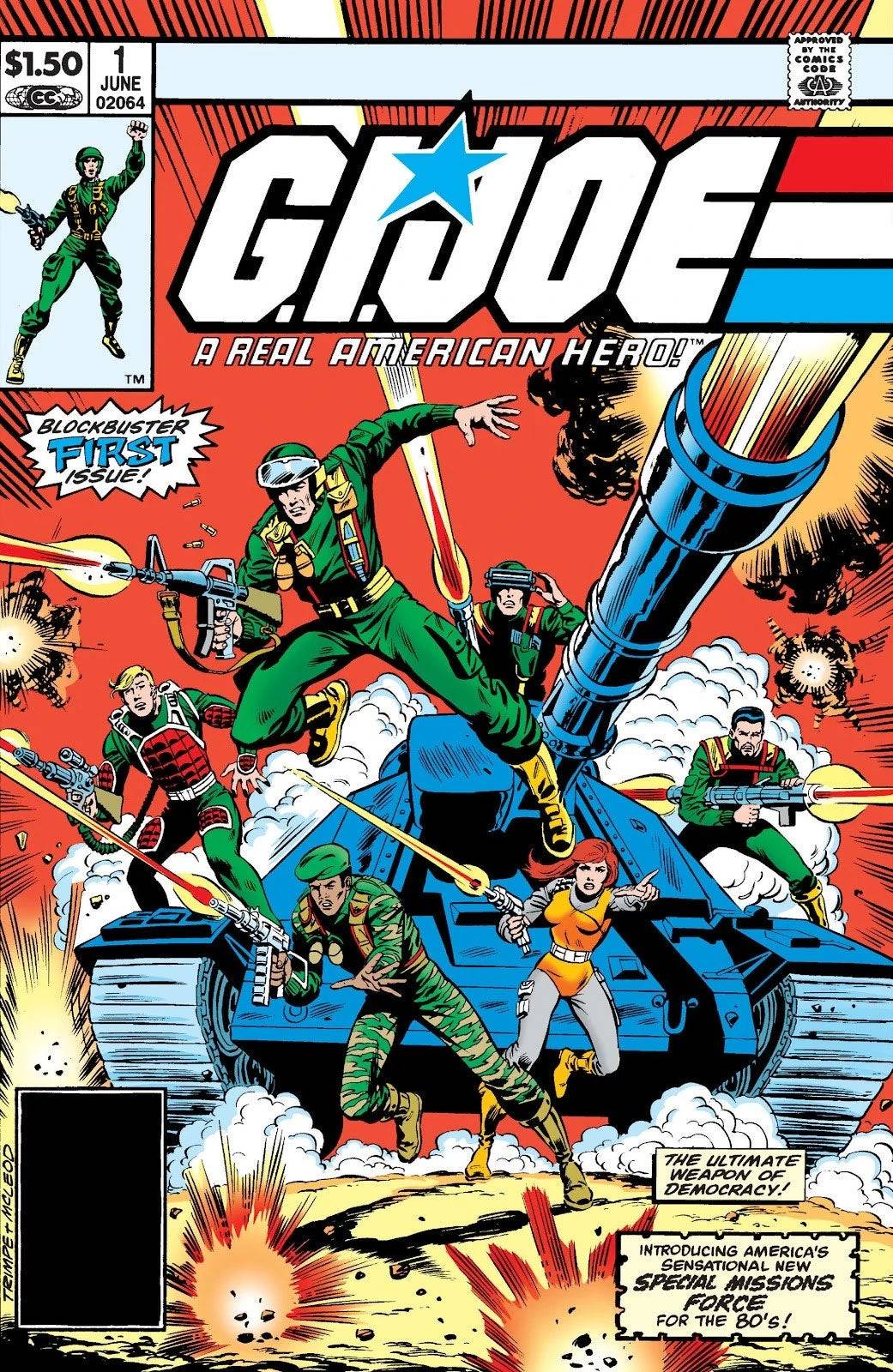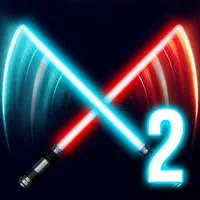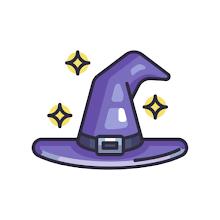The 1970s marked a period of significant upheaval for Marvel Comics, introducing iconic characters and pivotal storylines like "The Night Gwen Stacy Died" and Doctor Strange's encounter with God. However, it was the 1980s that truly heralded Marvel's golden age, with legendary creators delivering landmark runs on their flagship titles. This era saw Frank Miller's transformative work on Daredevil, John Byrne's reinvention of Fantastic Four, David Michelinie's influential Iron Man stories, and the zenith of Chris Claremont's X-Men run. Not to be outdone, Roger Stern's Amazing Spider-Man and Walt Simonson's Thor were just around the corner. These creators and their stories are pivotal to understanding the enduring legacy of these characters into the present day.
When examining the full scope of the Marvel Universe, the 1980s stand out as a potential true golden age for the company. In Part 7 of our series on essential Marvel issues, we delve deeper into this transformative decade.
More Essential Marvel
1961-1963 - The Birth of a Universe
1964-1965 - The Sentinels Are Born and Cap Dethaws
1966-1969 - How Galactus Changed Marvel Forever
1970-1973 - The Night Gwen Stacy Died
1974-1976 - The Punisher Begins His War on Crime
1977-1979 - Star Wars Saves Marvel From Bankruptcy
The Dark Phoenix Saga and Other All-Time X-Men Stories
Chris Claremont's defining run on X-Men, which began in 1975, produced some of its greatest tales in the early 1980s. The Dark Phoenix Saga, spanning X-Men #129-137, is arguably the most iconic X-Men story ever told. Jean Grey's transformation into the Dark Phoenix, fueled by cosmic corruption and the machinations of the Hellfire Club, turned her into one of the X-Men's most formidable foes. This epic, co-plotted and pencilled by John Byrne, introduced characters like Kitty Pryde (Shadowcat), Emma Frost, and Dazzler. Jean Grey's ultimate sacrifice remains one of the most poignant moments in X-Men lore. The saga has been adapted into various media, including films like X-Men: The Last Stand and Dark Phoenix, though fans often feel these adaptations fall short of the original's emotional depth. Animated series, such as X-Men: The Animated Series and Wolverine & the X-Men, have offered more faithful renditions.
AnswerSee ResultsFollowing closely, the Days of Future Past storyline in X-Men #141-142 presented a dystopian future dominated by Sentinels, first introduced by Stan Lee and Jack Kirby in 1965. This tale sees an adult Kitty Pryde time-traveling to avert Senator Robert Kelly's assassination by Mystique and her Brotherhood of Evil Mutants, an event that would trigger this grim future. Despite its brevity, this arc remains one of the most celebrated X-Men stories, influencing subsequent narratives and inspiring adaptations like the 2014 film X-Men: Days of Future Past and the season arc of Wolverine & the X-Men.The narrative peak of this period concludes with X-Men #150, where a near-fatal confrontation with Magneto leads to the revelation of his Holocaust survivor backstory, a defining moment that shaped his complex character arc into a more nuanced figure.

X-Men #150 The First Appearances of Rogue, She-Hulk, and the New Mutants
The 1980s also introduced major characters, including some of Marvel's most prominent female heroes. Rogue, a fan-favorite X-Men member, initially debuted as a villain in Avengers Annual #10, part of Mystique's Brotherhood of Evil Mutants. Her draining of Carol Danvers' powers marked a turning point for both characters. This issue also touched on Carol's traumatic experiences with Marcus Immortus, though it remains one of Marvel's most controversial stories. Rogue's journey eventually saw her aligning more closely with the X-Men, while Carol reconciled with the Avengers.

The New Mutants, Marvel's first X-Men spin-off, debuted in Marvel Graphic Novel #4 before getting their own series. This team of teenage mutants included Cannonball, Sunspot, Karma, Wolfsbane, and Dani Moonstar (Mirage), with Illyana Rasputina (Magik) joining later. The New Mutants' lineup inspired the 2020 film, with Anya Taylor-Joy portraying Magik.
Iconic Storylines for Daredevil, Iron Man, and Captain America
Daredevil #168 marked a turning point for the character, with Frank Miller's dual role as writer and artist introducing Elektra and redefining Daredevil's mythology. Over the next two years, Miller crafted a gritty, noir-inspired saga, introducing Kingpin as Matt Murdock's arch-nemesis, Stick as his mentor, and featuring a memorable confrontation with the Punisher. The iconic Daredevil #181 saw Bullseye kill Elektra, though she was later resurrected. Miller's run from #168-191 remains a cornerstone for both the 2003 film and the 2015 Netflix series, with the upcoming MCU show Daredevil: Born Again set to continue this legacy.
David Michelinie and Bob Layton's Doomquest storyline in Iron Man #149-150 saw Iron Man's first solo clash with Doctor Doom, leading to an adventure in Arthurian legend. Teaming up with King Arthur against Doom and Morgan le Fay, this tale cemented Doom as a key adversary in Iron Man's rogues gallery, despite his primary rivalry with Mr. Fantastic.

Moon Knight Becomes a Hero and Marvel Helps Create the G.I. Joe Mythology
Moon Knight's journey from antagonist to hero began in Moon Knight #1. Originally introduced in Werewolf by Night #32, this series by Doug Moench and Don Perlin solidified Moon Knight's heroic status, delving into his backstory and introducing his alter egos, Steven Grant and Jake Lockley. This foundational issue set the stage for all subsequent Moon Knight narratives.







